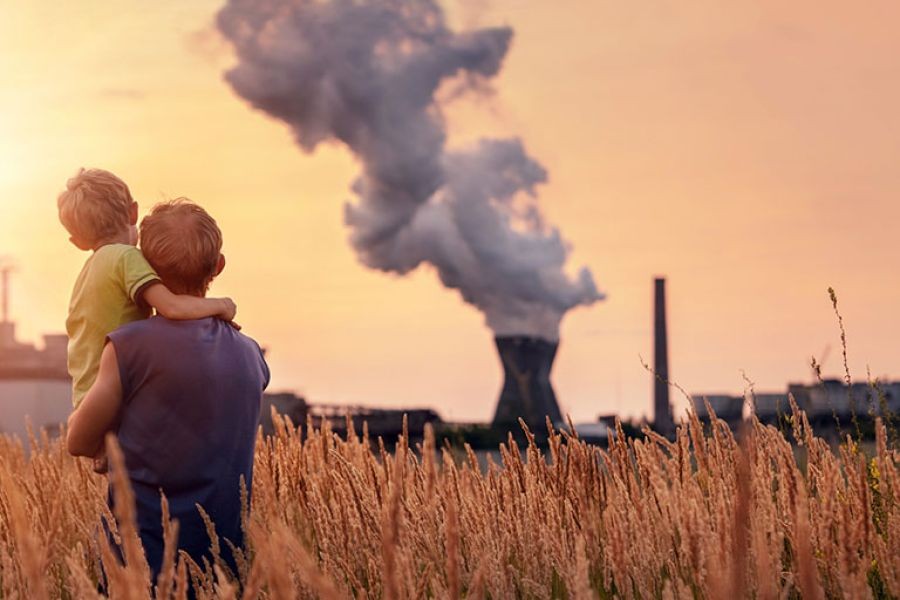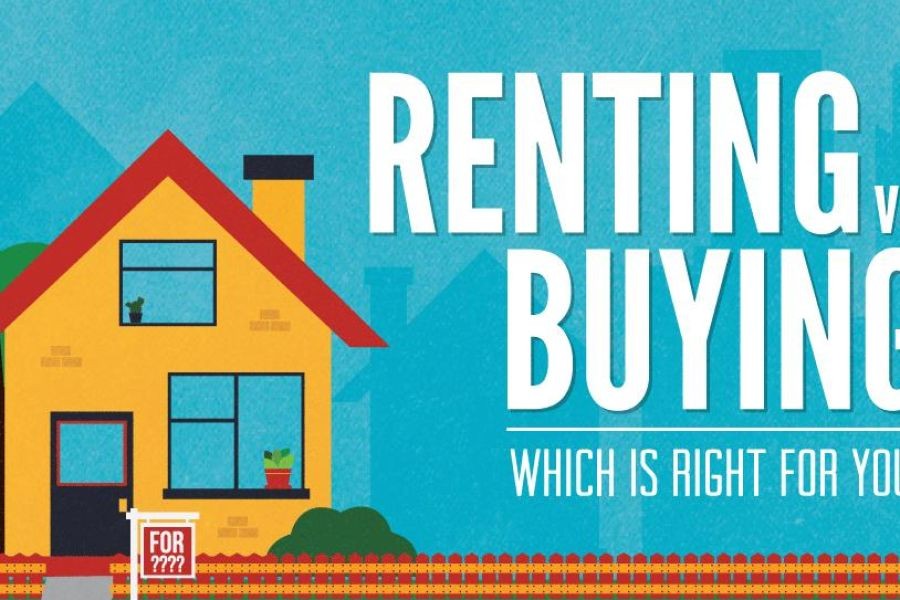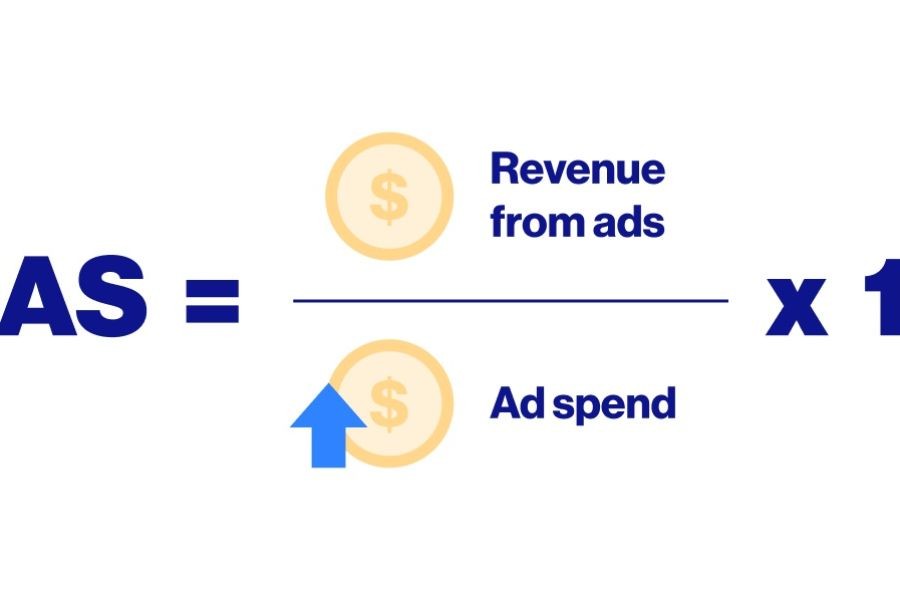Australia's cities often bask in the glory of their natural beauty, yet the invisible threat of air pollution casts a shadow over urban life. The real cost of air pollution extends beyond health implications, impacting the economy, productivity, and even the housing market. As urbanization intensifies, understanding the financial ramifications of air pollution becomes crucial for policymakers, businesses, and residents. This article delves into the economic costs associated with air pollution in Australian cities, supported by data-driven insights and expert opinions.
Understanding Air Pollution in Australian Cities
Air pollution in Australian cities is a complex issue, influenced by factors such as urban development, industrial activities, and vehicular emissions. Cities like Sydney and Melbourne have seen rising pollution levels, with particulate matter (PM2.5) and nitrogen dioxide (NO2) being primary pollutants. According to a report by the Australian Bureau of Statistics (ABS), urban air pollution in Australia contributes to approximately 3,000 premature deaths annually, highlighting the dire need for effective mitigation strategies.
The Economic Impact of Air Pollution
Air pollution exerts a significant economic toll, estimated at billions of dollars annually. The Reserve Bank of Australia (RBA) indicates that air pollution reduces worker productivity, leading to an estimated economic loss of AUD 6 billion per year. This loss is attributed to increased sick days, reduced cognitive function, and decreased workforce efficiency.
Pros & Cons of Urbanization and Air Quality
Pros:
- Economic Growth: Urbanization drives economic development, increasing GDP through industrialization and job creation.
- Infrastructure Development: Cities benefit from improved infrastructure, enhancing connectivity and accessibility.
- Innovation Hubs: Urban areas become centers for innovation and technology, attracting talent and investment.
Cons:
- Health Costs: Rising pollution contributes to health issues, increasing public and private healthcare expenses.
- Environmental Degradation: Urban sprawl leads to habitat loss and biodiversity decline.
- Quality of Life: Air pollution diminishes quality of life, affecting mental well-being and social cohesion.
Case Study: Melbourne's Air Quality Challenges
Melbourne, renowned for its cultural vibrancy, faces significant air quality challenges. A 2022 study by the University of Melbourne revealed that vehicle emissions were responsible for 70% of the city's air pollution. The local government implemented a congestion charge, leading to a 15% decrease in inner-city traffic. Consequently, air quality improved, and businesses reported a 10% increase in foot traffic, showcasing the economic benefits of cleaner air.
Regulatory Insights: Australian Policies on Air Quality
The Australian government has enacted various policies to combat air pollution. The National Clean Air Agreement, established by the Australian Competition & Consumer Commission (ACCC), aims to reduce emissions from industrial and vehicular sources. These regulations have led to significant improvements in air quality, yet challenges remain, particularly in urban hotspots.
Common Myths & Mistakes
Myth:
"Air pollution is only a problem in developing countries."
Reality:
Despite Australia's advanced infrastructure, urban areas experience significant pollution levels, impacting health and the economy. The ABS reports that Sydney's air quality can rival that of major Asian cities during peak pollution events.
Myth:
"Switching to electric vehicles will solve the air pollution problem."
Reality:
While electric vehicles reduce emissions, urban air quality issues also stem from industrial activities and construction, necessitating a multi-faceted approach to pollution reduction.
Future Trends & Predictions
Looking ahead, Australia's commitment to sustainability and innovation presents opportunities to tackle air pollution. By 2030, the Commonwealth Scientific and Industrial Research Organisation (CSIRO) predicts that 50% of Australia's energy will be renewable, reducing reliance on fossil fuels and improving urban air quality. Additionally, advancements in green technology and urban planning are expected to transform Australian cities into cleaner, healthier environments.
Conclusion
The real cost of air pollution in Australian cities is a pressing issue that demands immediate attention and action. By understanding the economic and health impacts, implementing effective policies, and embracing technological innovations, Australia can pave the way for cleaner, more sustainable urban environments. The time to act is now, ensuring a healthier future for all Australians.
Final Takeaway & Call to Action
Australia's cities must prioritize air quality improvement strategies to safeguard health and economic stability. Policymakers, businesses, and residents can contribute to cleaner air through informed decisions and sustainable practices. Engage in discussions, drive policy changes, and embrace innovation to combat air pollution effectively. Join the movement for a cleaner Australia today!
People Also Ask
- How does air pollution impact the Australian economy?Air pollution reduces worker productivity, costing the Australian economy an estimated AUD 6 billion annually due to increased sick days and decreased cognitive function.
- What are the biggest misconceptions about air pollution in Australia?A common myth is that air pollution is solely an issue in developing countries. However, urban areas in Australia experience significant pollution levels, impacting health and the economy.
- What are the best strategies for reducing air pollution in cities?Effective strategies include implementing congestion charges, promoting electric vehicle use, and investing in renewable energy sources to reduce emissions.
Related Search Queries
- Economic impact of air pollution in Australia
- Air quality regulations in Australia
- Melbourne air pollution solutions
- Australian Clean Air Agreement
- Future trends in urban air quality

































davishenley943
8 months ago